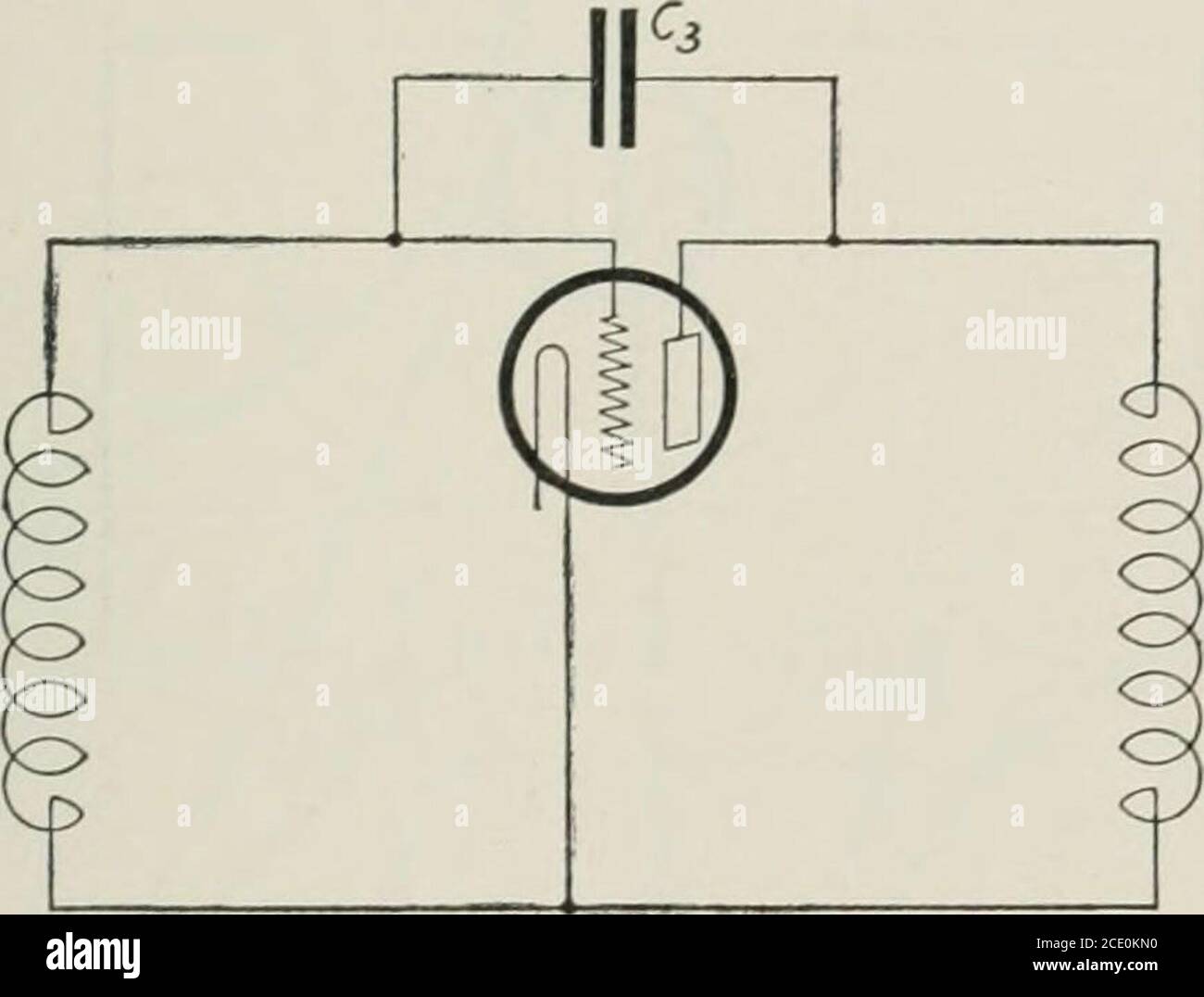

Octave spanning tunable frequency comb from a microresonator. Integrated lithium niobate electro-optic modulators operating at CMOS-compatible voltages. Toward a low-jitter 10 GHz pulsed source with an optical frequency comb generator. Wide-span optical frequency comb generator for accurate optical frequency difference measurement. Dissipative Kerr solitons in optical microresonators. Optical frequency synthesis based on mode-locked lasers. Coherent terabit communications with microresonator Kerr frequency combs. Ultrafast optical ranging using microresonator soliton frequency combs. Microresonator soliton dual-comb spectroscopy. On-chip dual-comb source for spectroscopy. Microresonator frequency comb optical clock. Optical frequency combs: from frequency metrology to optical phase control. Their excellent reconfigurability is a powerful complement to integrated Kerr combs, enabling applications ranging from spectroscopy 16 to optical communications 8. Our results show that integrated EO comb generators are capable of generating wide and stable comb spectra. Furthermore, we demonstrate the high tolerance of our comb generator to modulation frequency detuning, with frequency spacing finely controllable over seven orders of magnitude (10 hertz to 100 megahertz), and we use this feature to generate dual-frequency combs in a single resonator. Our measured EO comb spans more frequencies than the entire telecommunications L-band (over 900 comb lines spaced about 10 gigahertz apart), and we show that future dispersion engineering can enable octave-spanning combs. Here we overcome these limitations by realizing an integrated EO comb generator in a thin-film lithium niobate photonic platform that features a large EO response, ultralow optical loss and highly co-localized microwave and optical fields 15, while enabling dispersion engineering. Previous EO combs, however, have been limited to narrow widths by a weak EO interaction strength and a lack of dispersion engineering in free-space systems.


An alternative method of comb production uses electro-optic (EO) phase modulation in a resonator with strong second-order nonlinearity, resulting in combs with excellent stability and controllability 12, 13, 14. At present, combs with wide spectra are usually generated by mode-locked lasers 10 or dispersion-engineered resonators with third-order Kerr nonlinearity 11.

Optical frequency combs consist of equally spaced discrete optical frequency components and are essential tools for optical communication, precision metrology, timing and spectroscopy 1, 2, 3, 4, 5, 6, 7, 8, 9.


 0 kommentar(er)
0 kommentar(er)
